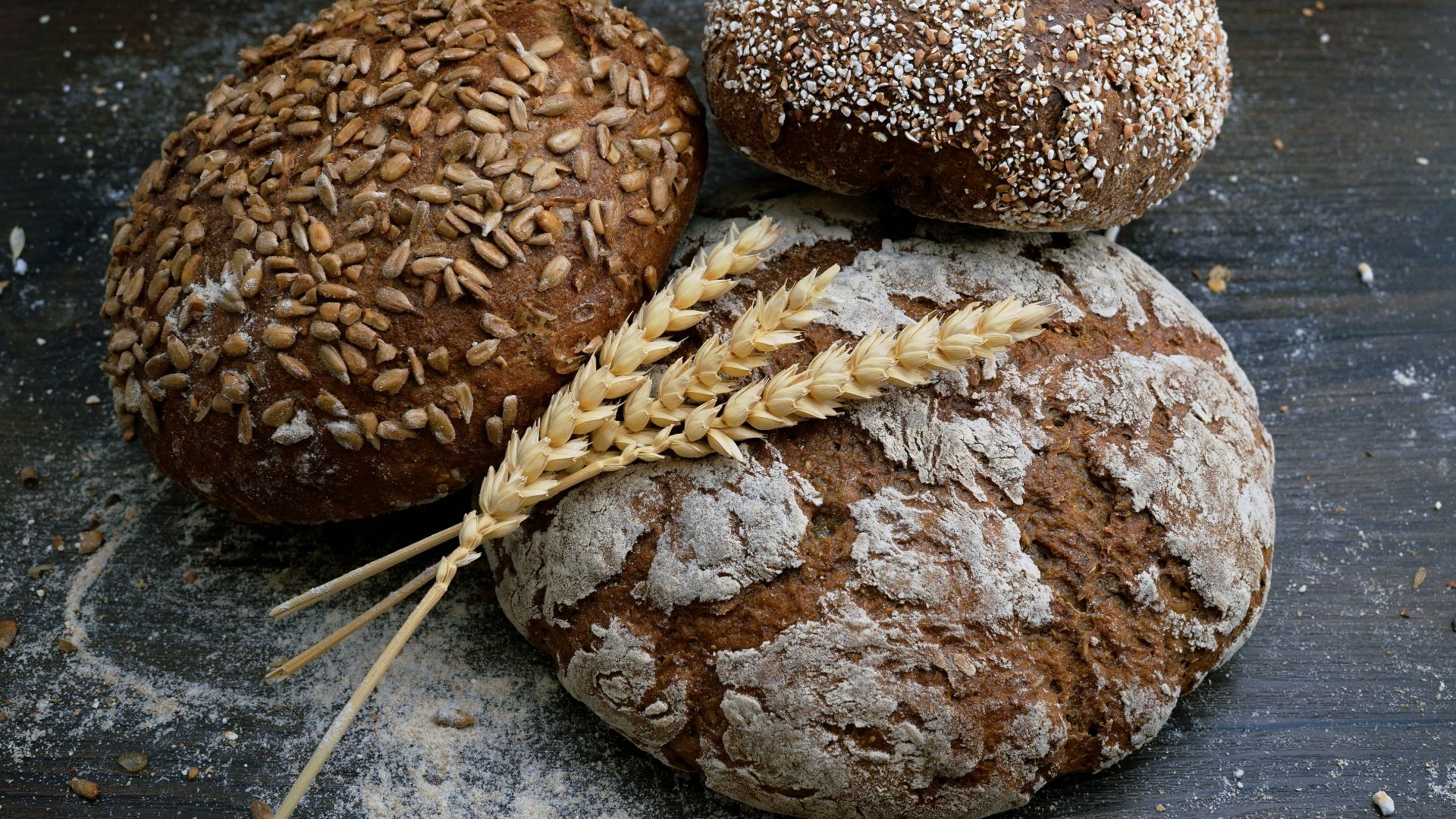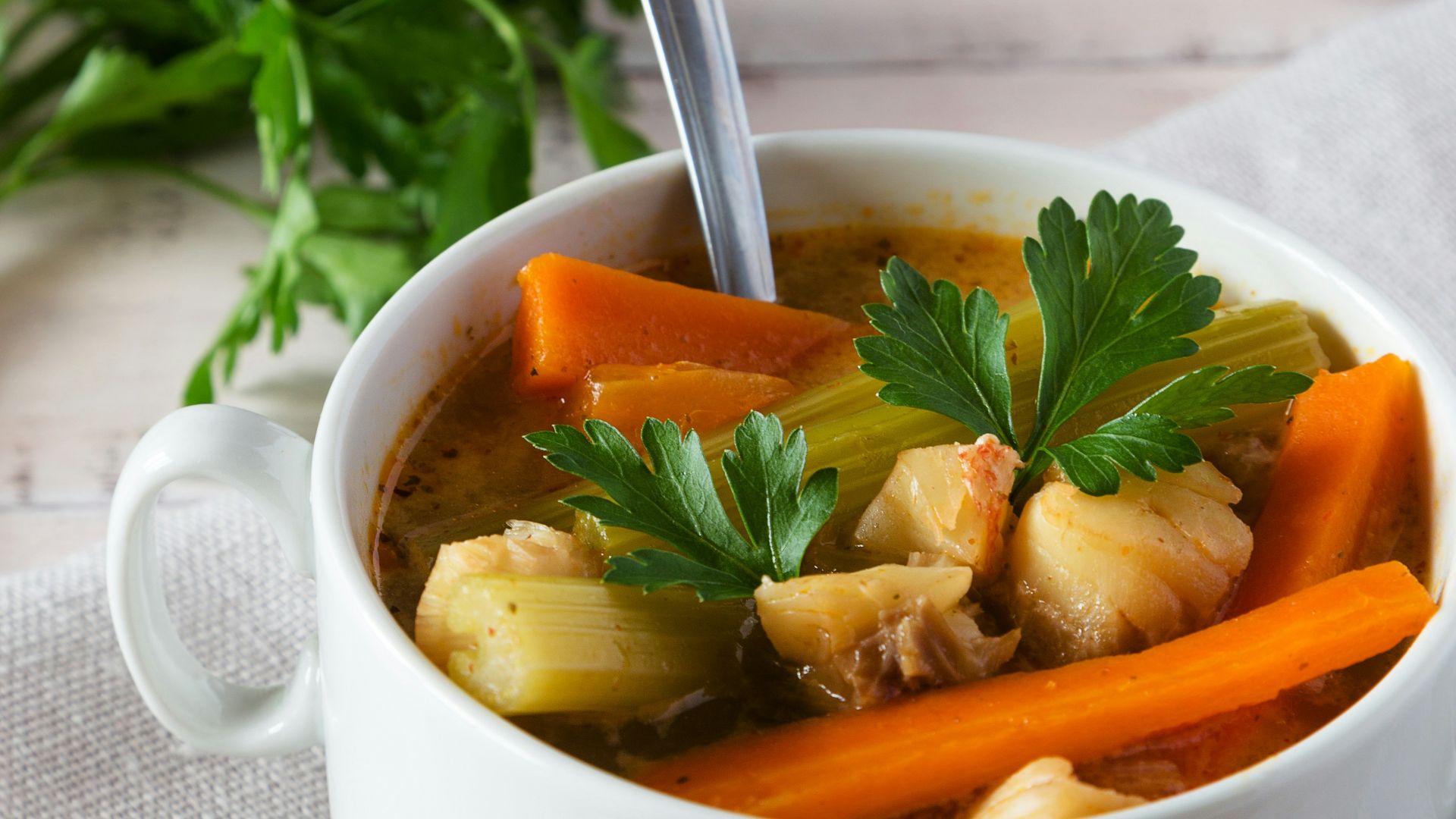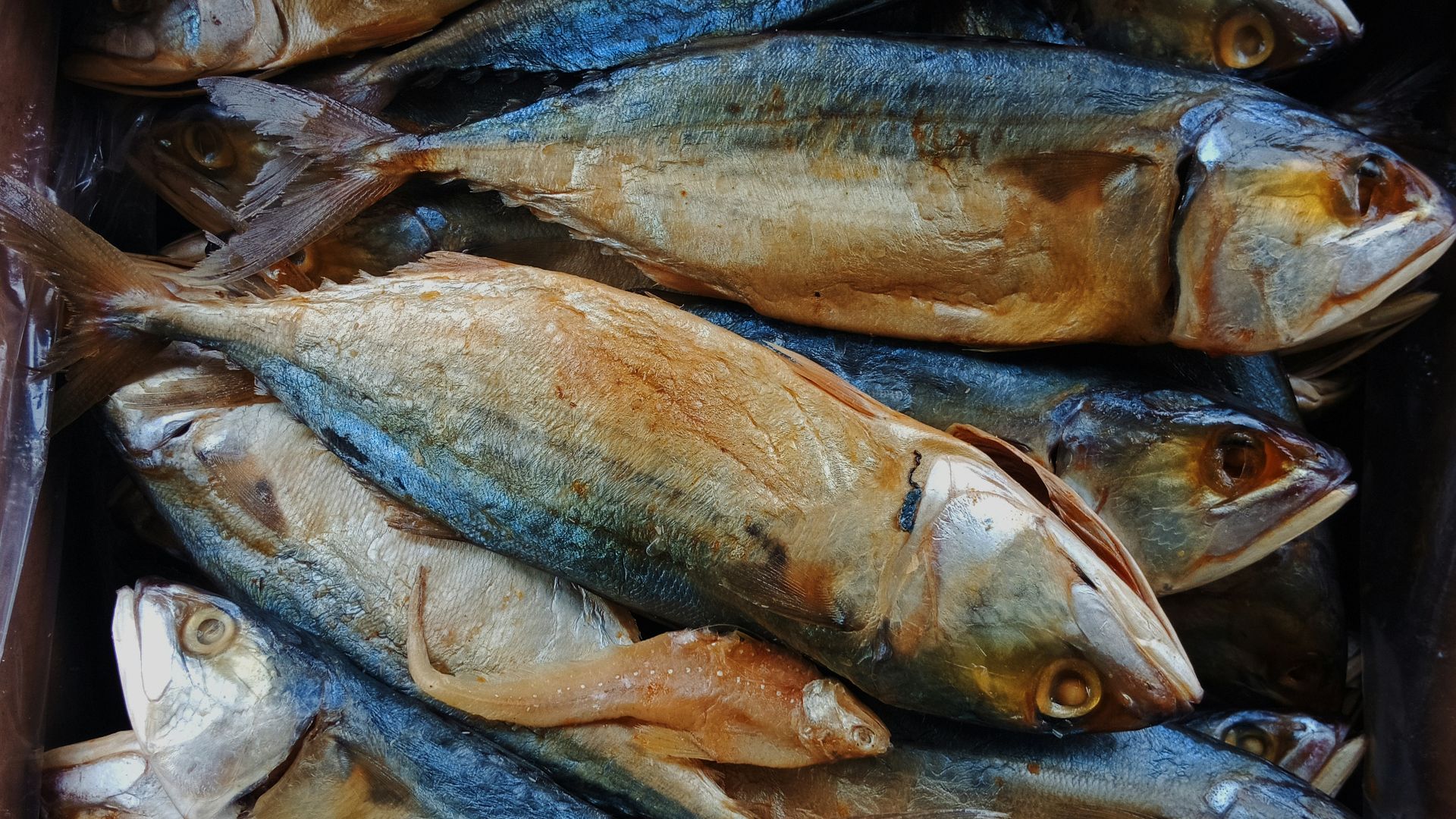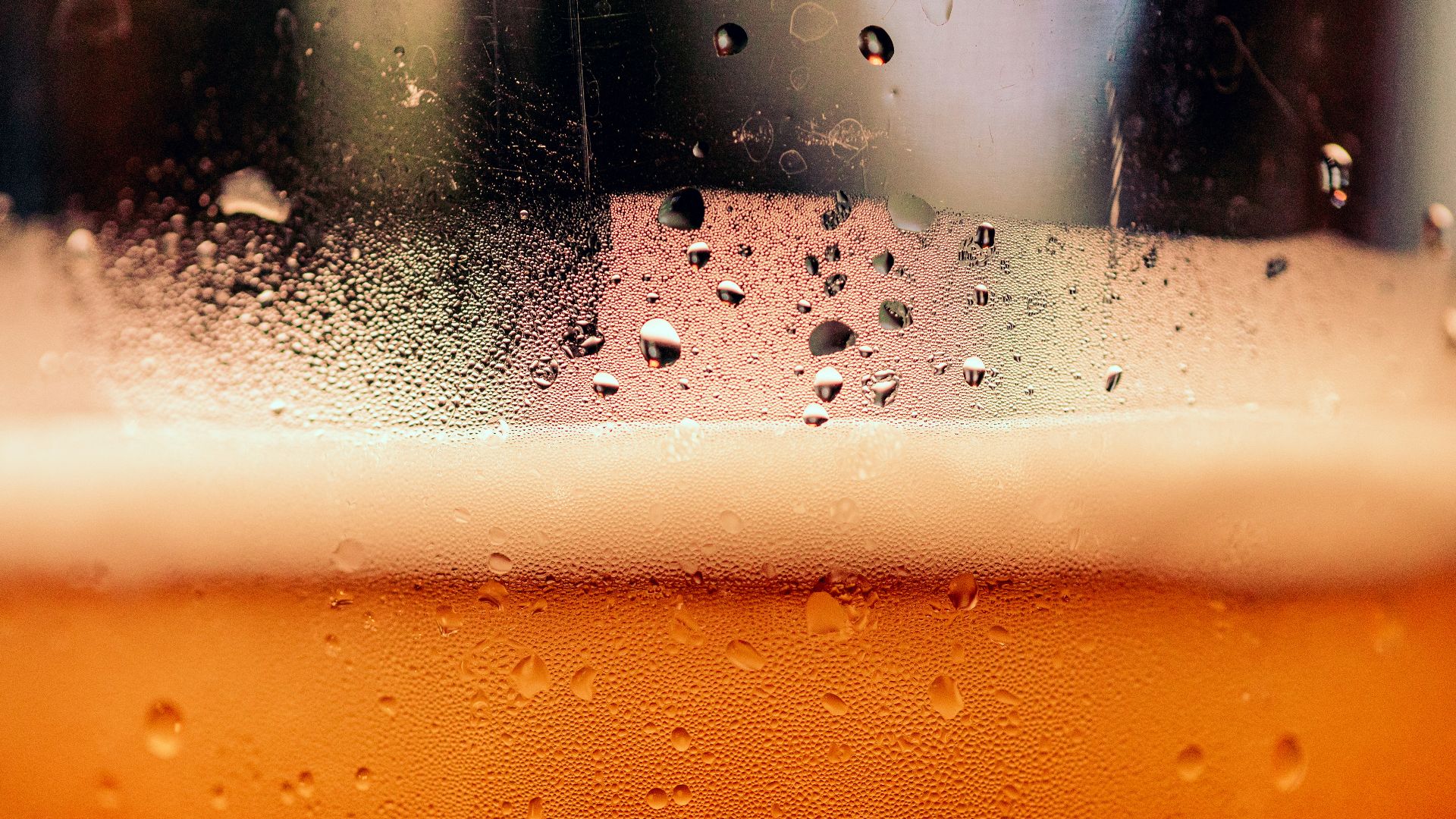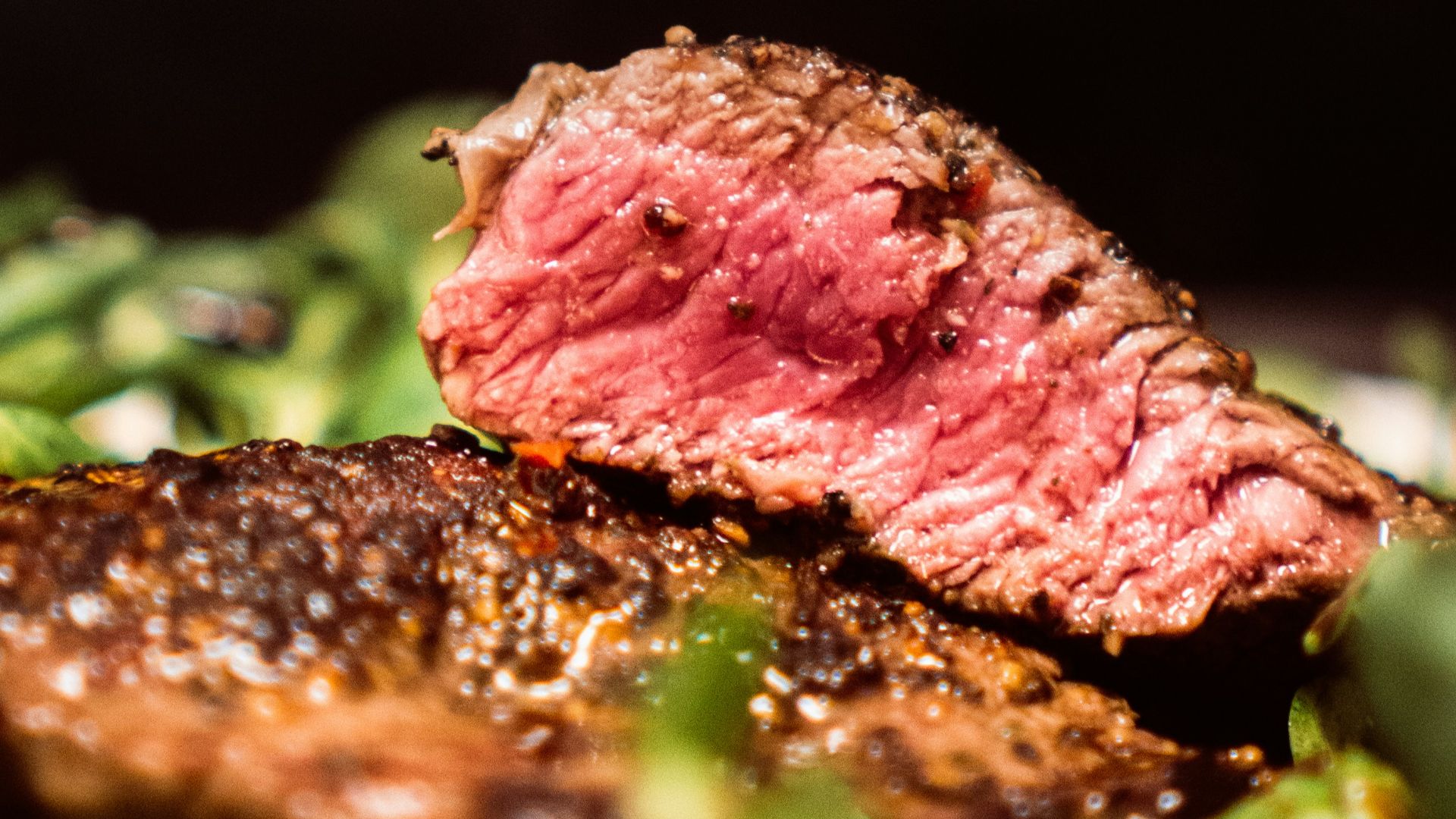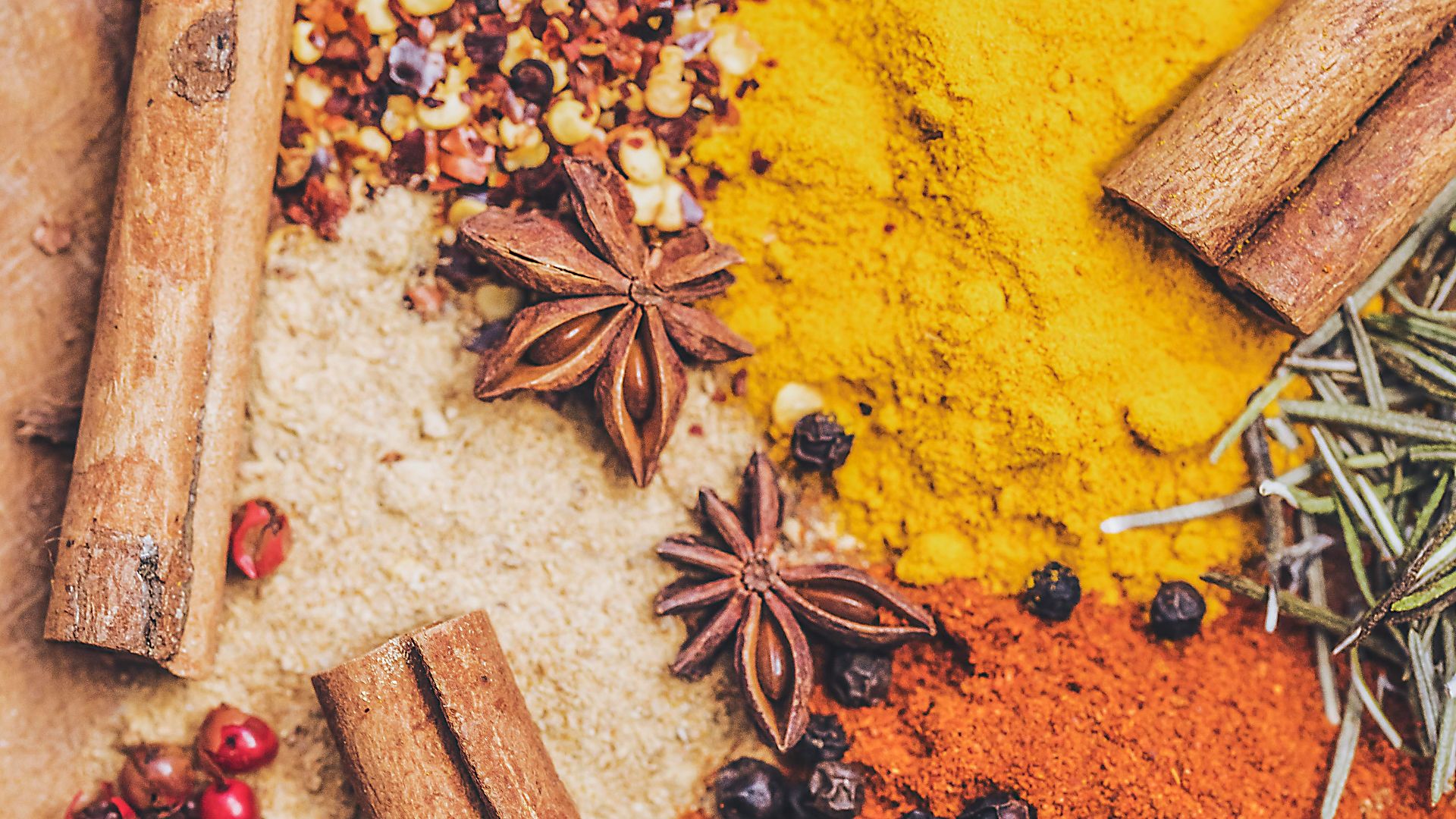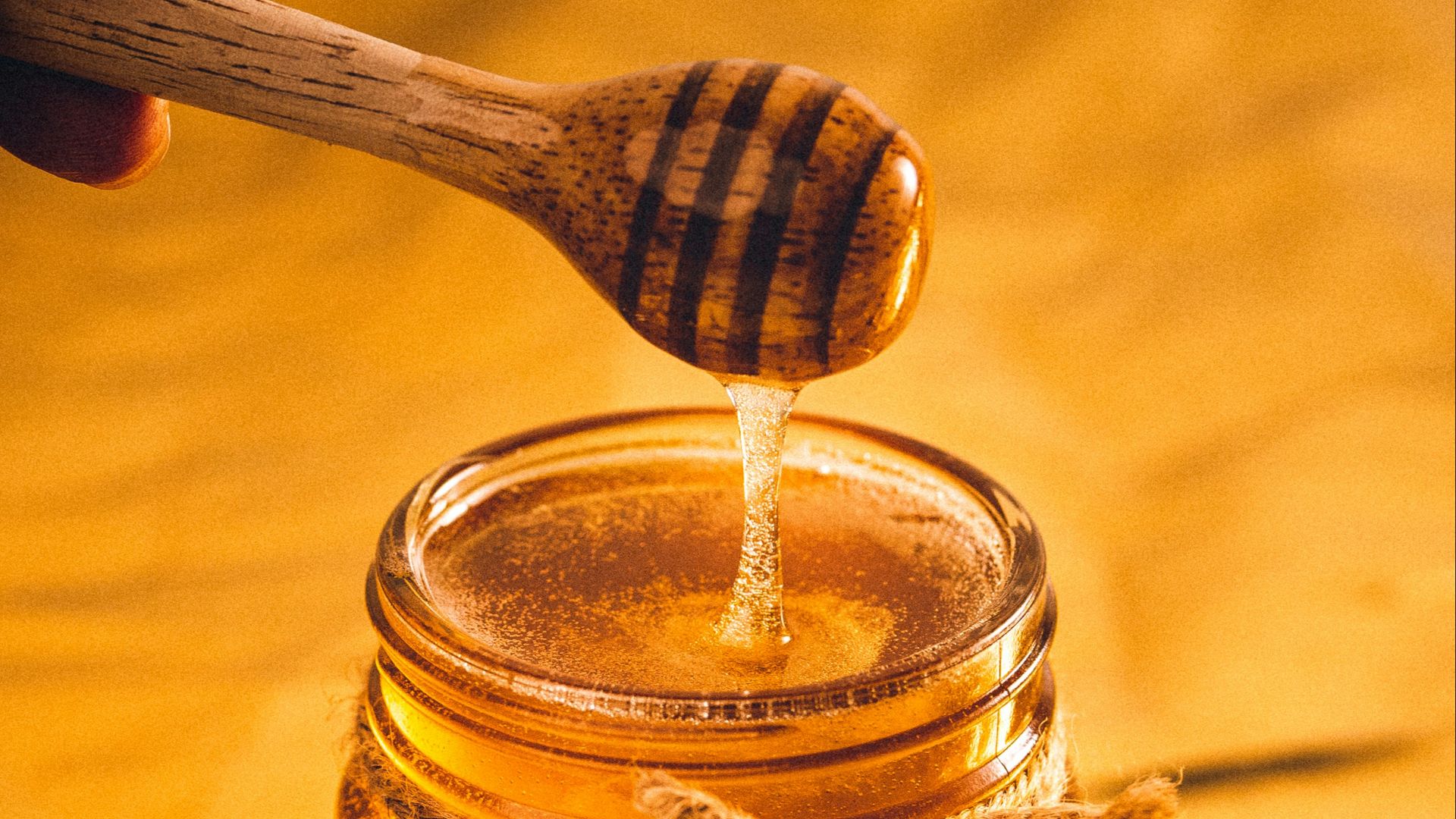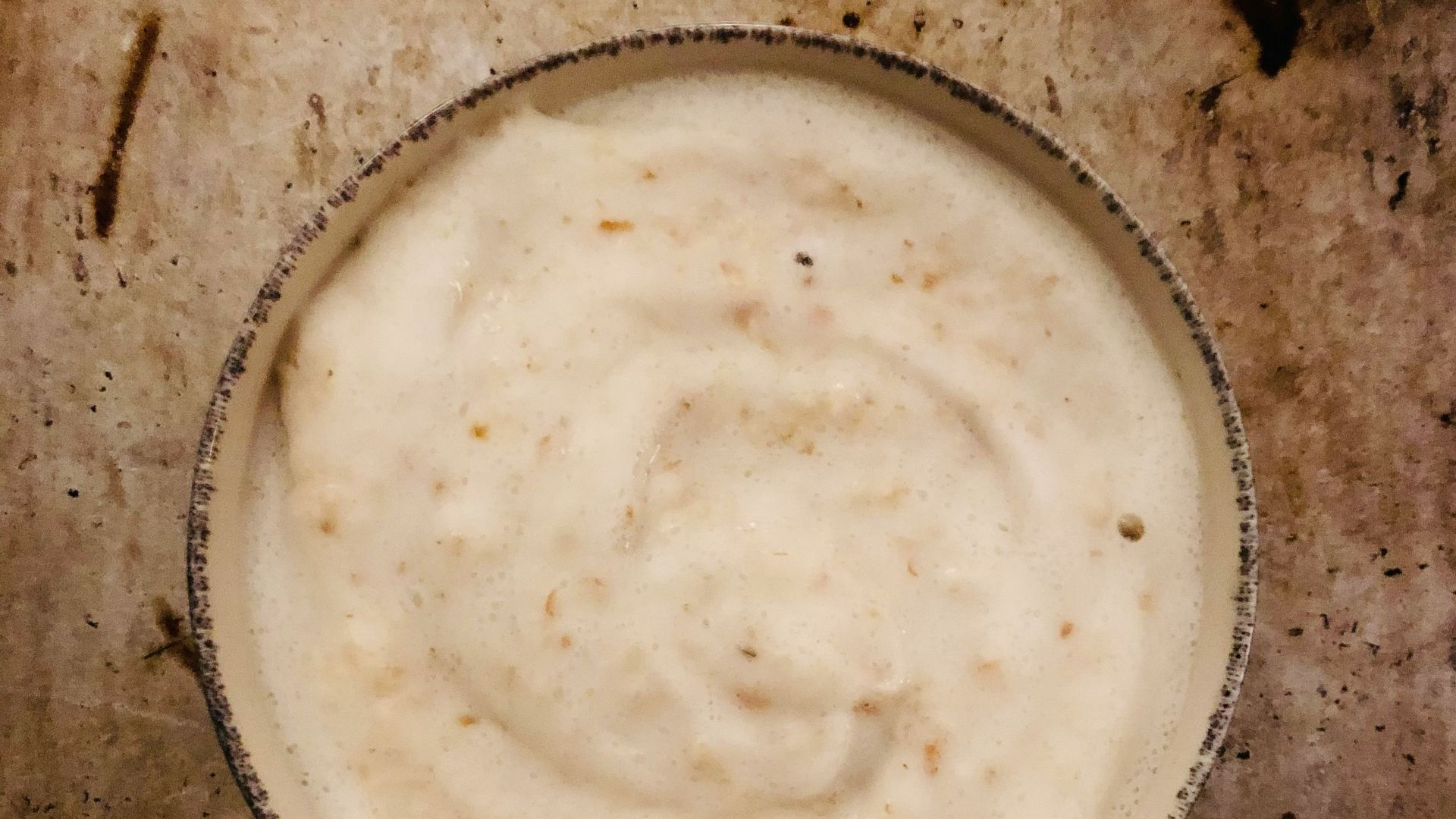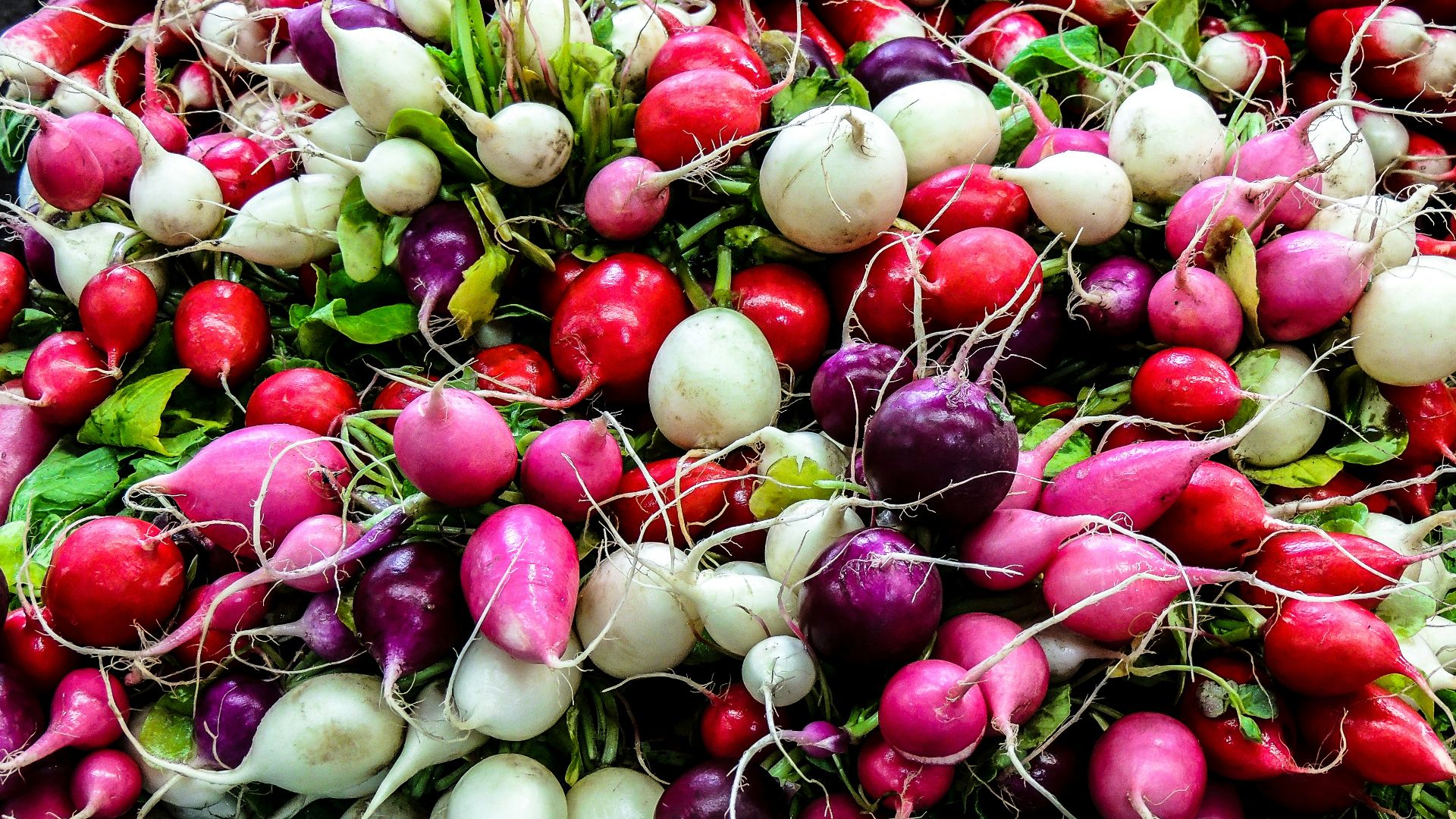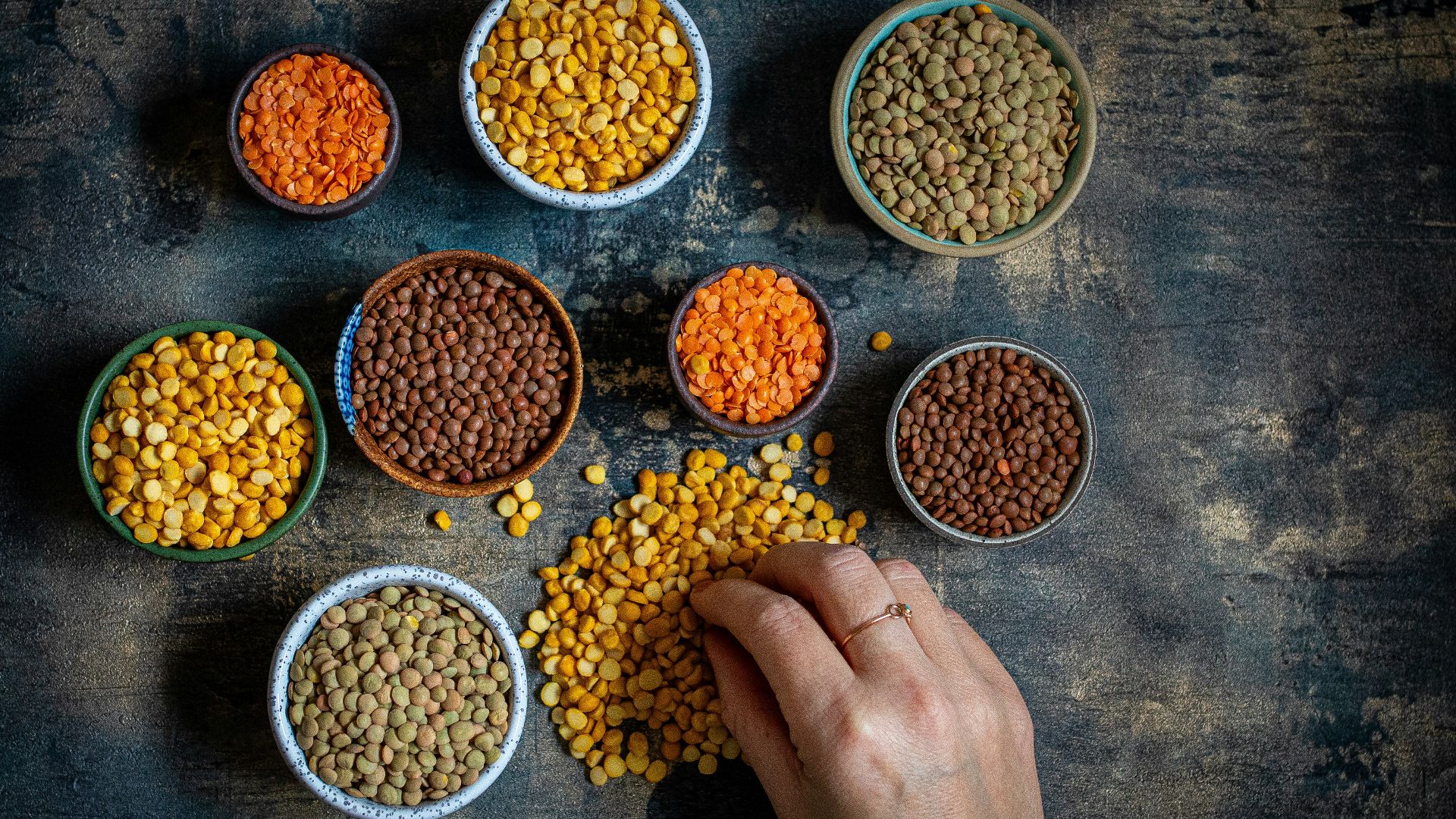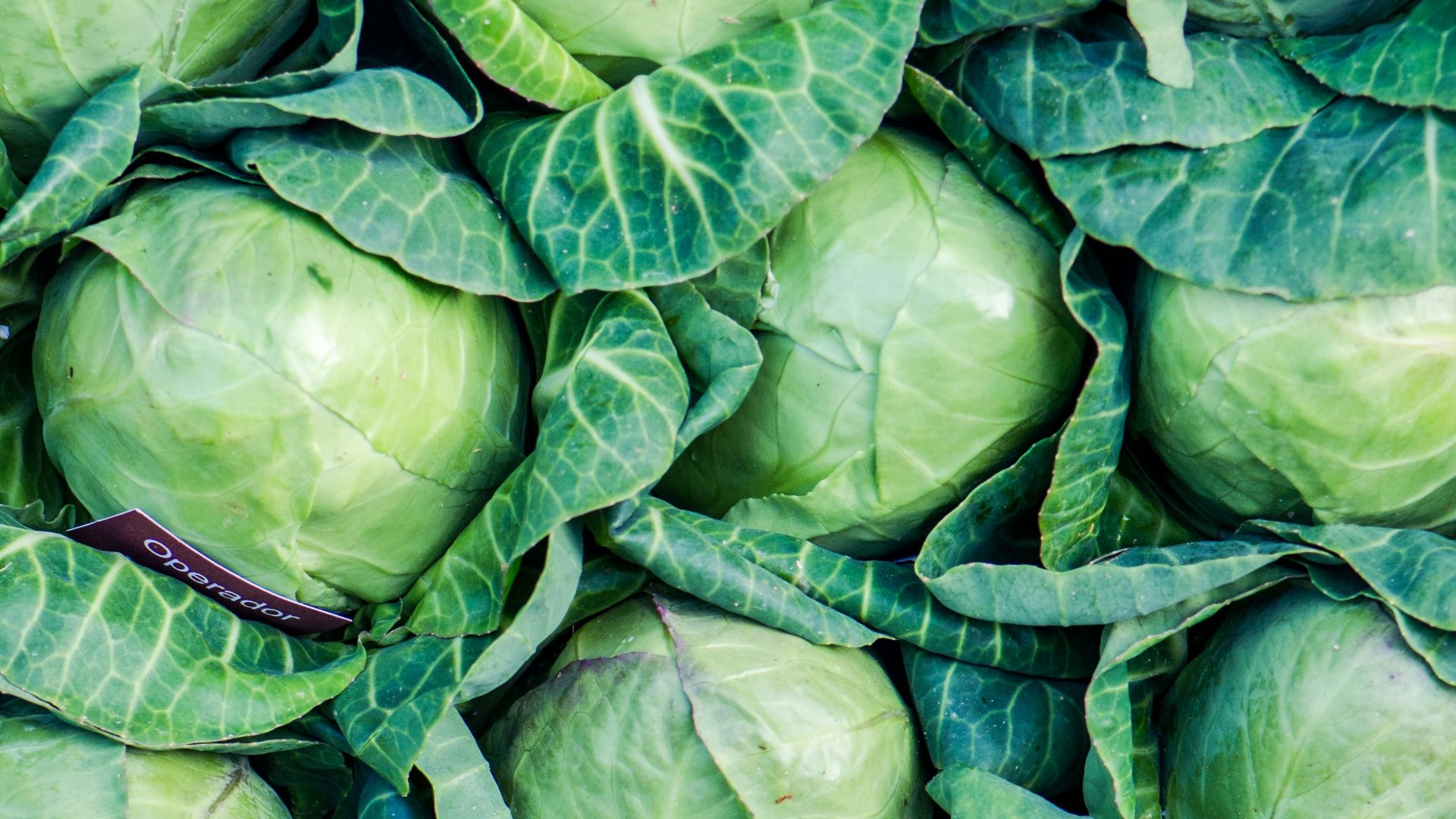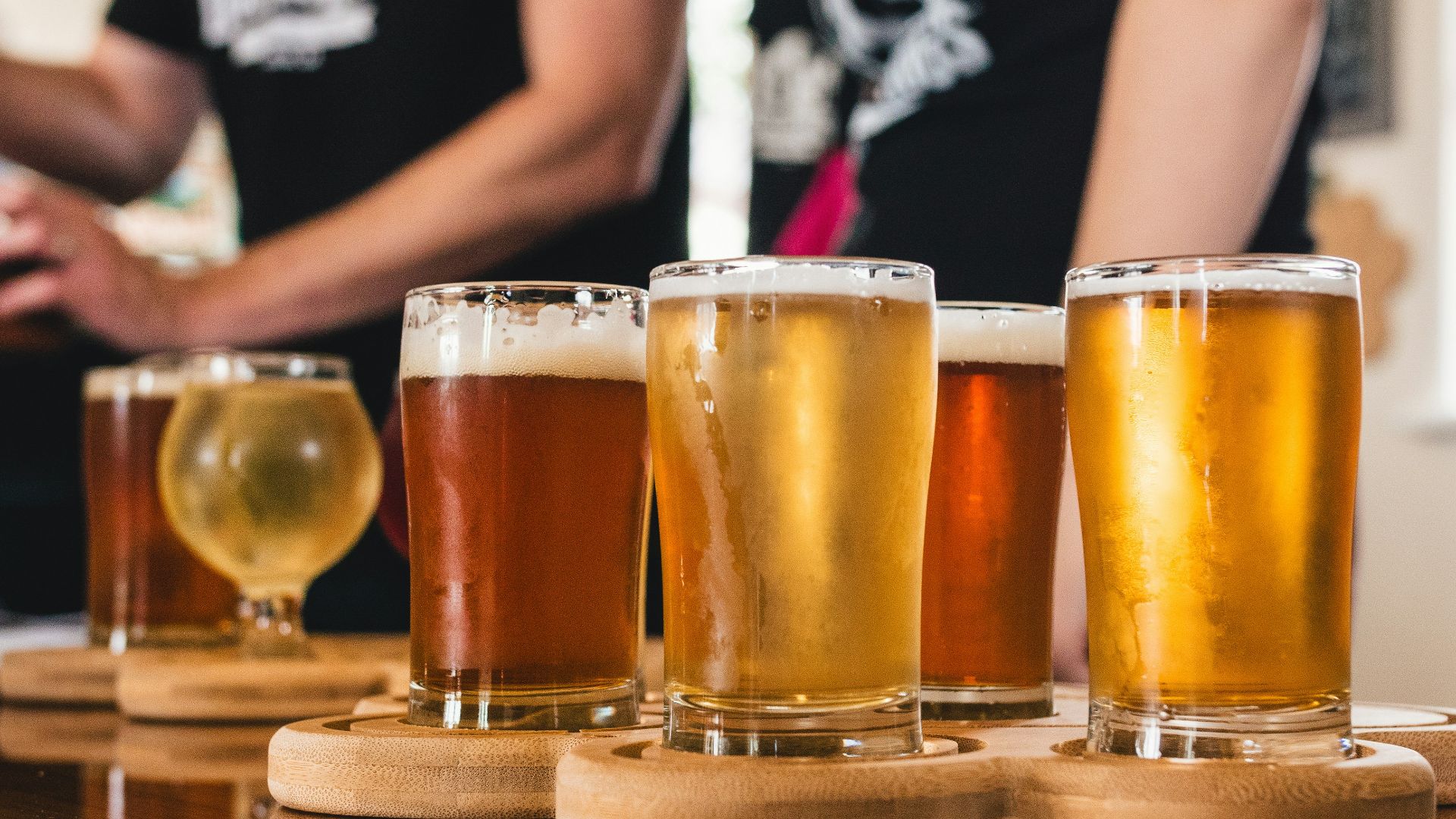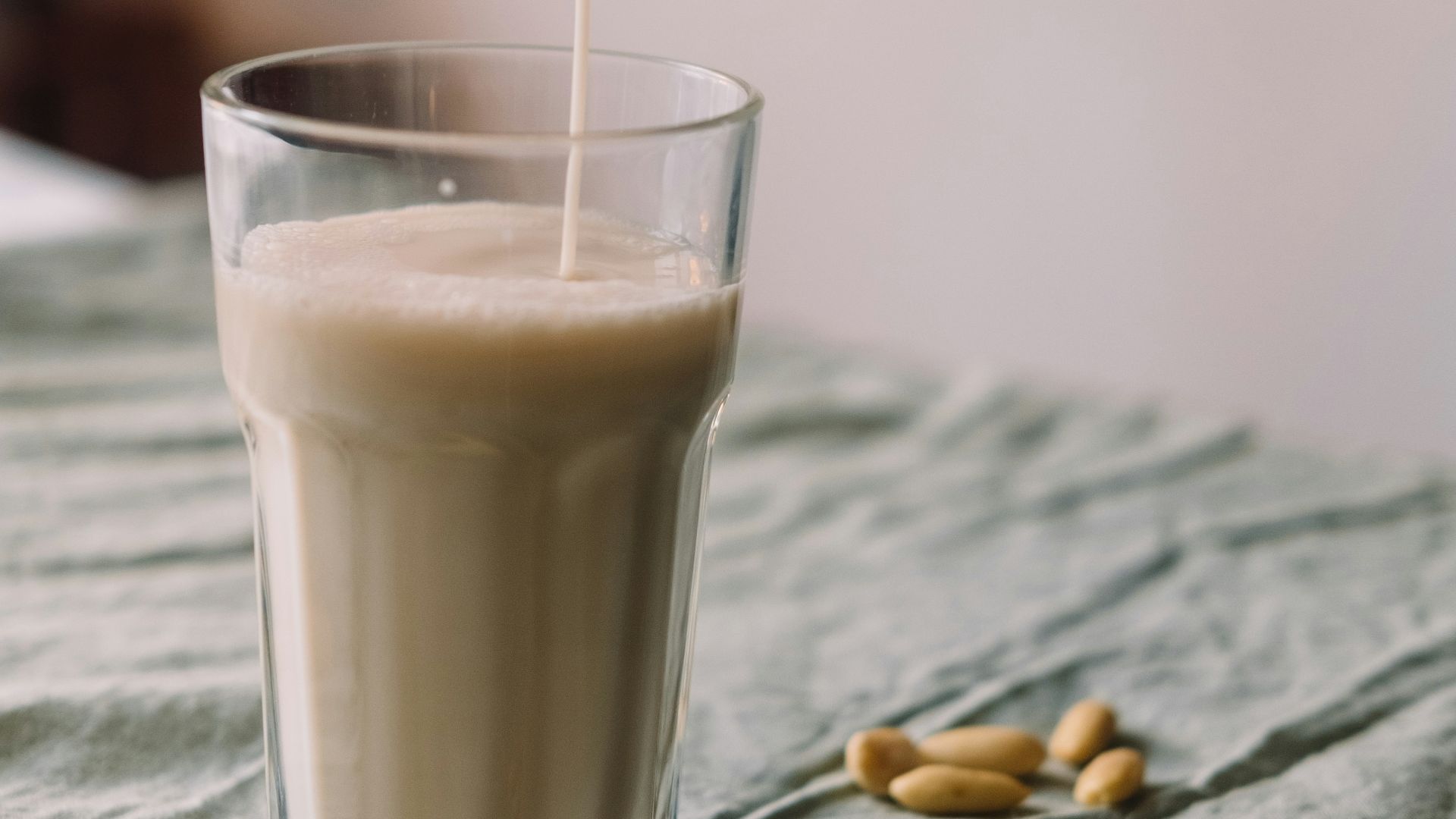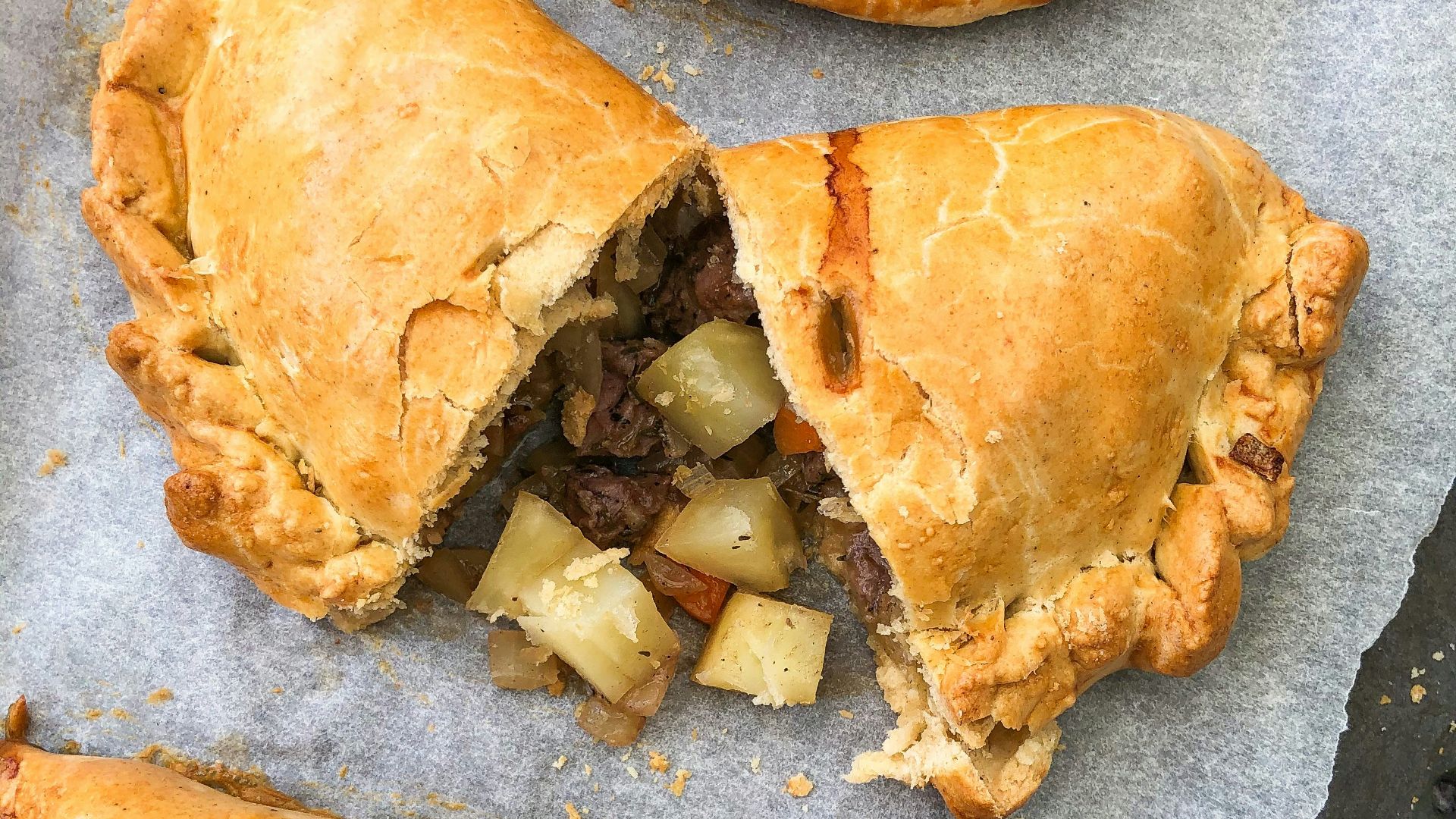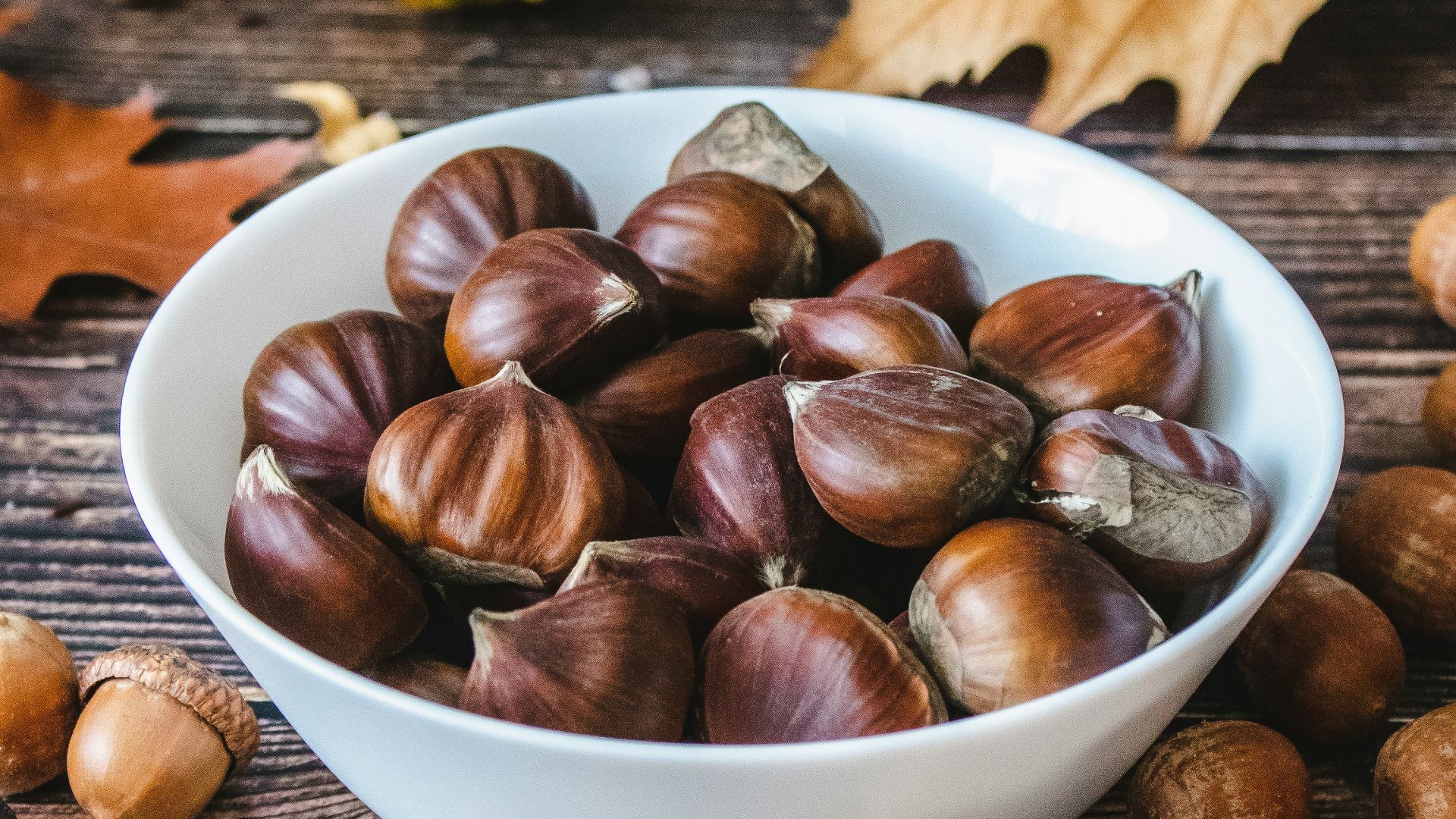A Taste of Everyday Life
Food in the Middle Ages wasn’t just about nourishment; it reflected class, geography, and survival. What you ate depended heavily on who you were and where you lived. A wealthy merchant in Florence had a very different plate from a farmer in northern England. Yet some things overlapped. Bread, for example. Always bread. Sometimes rye, sometimes wheat, sometimes dark and dense loaves that sat in your stomach like a brick. And then there were the feasts, with their long tables full of roasted meats, wines, and beers. Let’s look at twenty medieval staples.
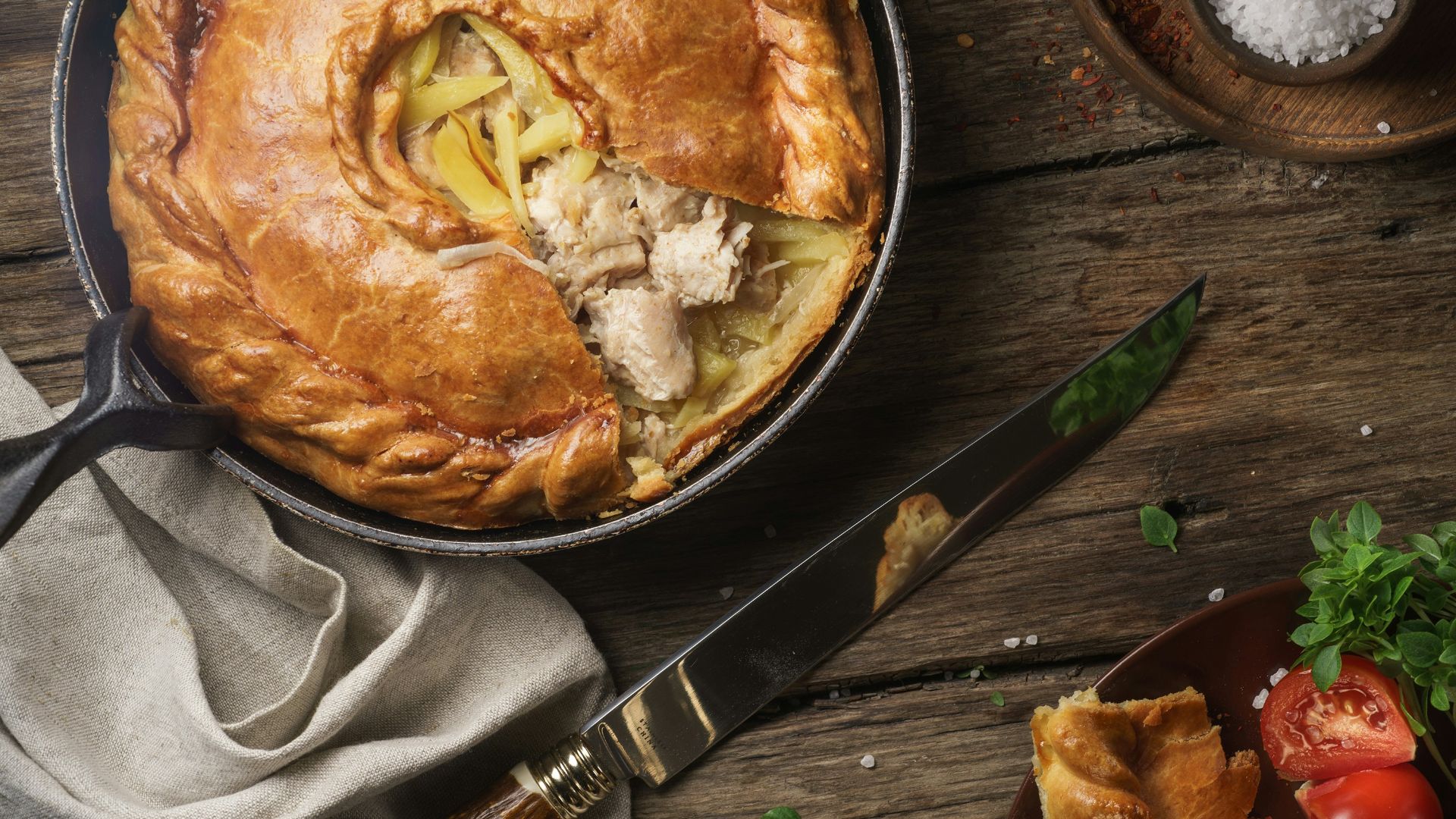 David Foodphototasty on Unsplash
David Foodphototasty on Unsplash
1. Bread
Bread was the backbone of the medieval diet and was available in as many varieties as there were social hierarchies. Ironically, the poorer you were, the heartier the bread. Rye or barley loaves were reserved for peasants, while fine white wheat was enjoyed exclusively by the rich.
2. Pottage
The word itself does a good job of conveying the dish. A thick, gloopy stew, this simmering dish could consist of peas, beans, oats, cabbage—whatever was on hand. If you had some meat, you could throw that in as well. Herbs from the garden? Toss it in! Anything and everything.
3. Cheese
There were no mild medieval cheeses, and the varieties perfected by monks were hard, sharp, and a little funky. Cheese kept when milk didn’t, so shepherds often carried wheels of it on long treks.
4. Salted Fish
This could be cod, herring, or even eels. Like cheese, salted fish was preferred because it could be preserved for longer stretches of time.
5. Ale
This wasn’t exactly your modern beers with an alcohol content of 5%. Medieval ale was weak and only slightly fermented because this process made it safer than water. Everyone drank it, children too.
6. Roast Meats
On feast days, meat took center stage. If you came from a noble family, you could dine on goose, venison—even swan or peacock if you had the means. The smell of roasting fat drifting through a drafty hall and mingling with wood smoke was likely enough to make you forgive a cold, damp castle.
7. Spices
It’s easy to take the spices in our pantry for granted, but back in the day, a pinch of cinnamon or a sprinkle of pepper was a novel indulgence brought in from far-off lands at great expense. The wealthy flaunted spices like jewelry. Sometimes they overdid it, drowning their meats in saffron or nutmeg as a status symbol.
8. Honey
This served as the main form of sweetener before sugar was discovered in the Americas. Honey was baked into cakes, added to mead, rubbed onto fruits—sticky, golden, irresistible.
9. Gruel
Even the word sounds unappetizing. Gruel was essentially a thin porridge of oats or barley. If you were poor, you might eat this for breakfast, lunch, or supper if nothing else was around. Although its virtues were few, it was at the very least warm, filling, and kept your body moving another day.
10. Game Birds
Noble banquets often served partridge, quail, or pheasant at feasts. Many also participated in extravagant hunts for these birds on massive estates. Occasionally, the feathers were sewn back on after roasting, purely for spectacle.
 Stewart Butterfield on Wikimedia
Stewart Butterfield on Wikimedia
11. Root Vegetables
Turnips, onions, leeks, and parsnips were easy crops that the poor could depend on. Carrots existed, but they weren’t orange yet and were most likely purple or white. Pulled from the earth, chopped, and boiled, these root vegetables could help fortify a stew or even be dried and ground into a hearty flour for bread.
12. Lentils and Peas
These were another staple for the poor and monks. They filled pots and bellies alike. If you’ve ever had a thick lentil stew in winter, you’ve basically had a taste of medieval survival—cheap, earthy, dependable.
13. Cabbage
It may sound dull to our modern sensibilities, but cabbage was everywhere in medieval times. A versatile vegetable, it was not only easy to grow but could be boiled, stewed, or stuffed. There was even a medieval proverb: “No dish without cabbage.”
14. Mead
This fermented honey drink is older than beer and buzzing with sweetness. Mead was both a common drink and one used for celebrations. Festival-goers would carry it with them in wooden cups.
15. Almond Milk
Not the trendy latte ingredient, but a medieval staple, especially in Lent when dairy was banned. Ground almonds were strained and mixed with water, then used in sauces. Wealthy kitchens leaned on it constantly, as it was practical but surprisingly rich and versatile.
16. Eggs
Independent of whether they came from chickens, ducks, or geese, eggs were a staple in medieval times. They could be cooked, baked, fried, and even showed up in Lent too—pickled or dried, since fresh ones weren’t allowed.
17. Pies
Every conceivable ingredient could be baked into a pie—meat, fish, or fruit. Unlike the golden crusts of today, medieval crusts were often tough and inedible, primarily used as containers for the dish.
18. Nuts
The European classics included walnuts, hazelnuts, and chestnuts. Gathered in the ancient woods of Europe, they were then crushed into sauces or sprinkled on desserts.
19. Fruits
A coveted treat in medieval times, apples, pears, cherries, and plums were only available during a short seasonal window. Dried figs or dates could be imported at great cost for the wealthy, but ordinary folks enjoyed fruit during the harvest, sometimes stewing the fruit with honey for added sweetness.
20. Eels
This culinary choice may seem strange to us, but during medieval times, eels were plentiful in European rivers and incorporated into a variety of dishes simply because they were so accessible. Jellied eel pies, roasted eels, and eel stews are just some of the dishes once served. Eels were so common that whole manors paid rent in barrels of eels.
KEEP ON READING

The Most Popular Chocolate Bars in the USA

The Most Popular Candies in the USA



